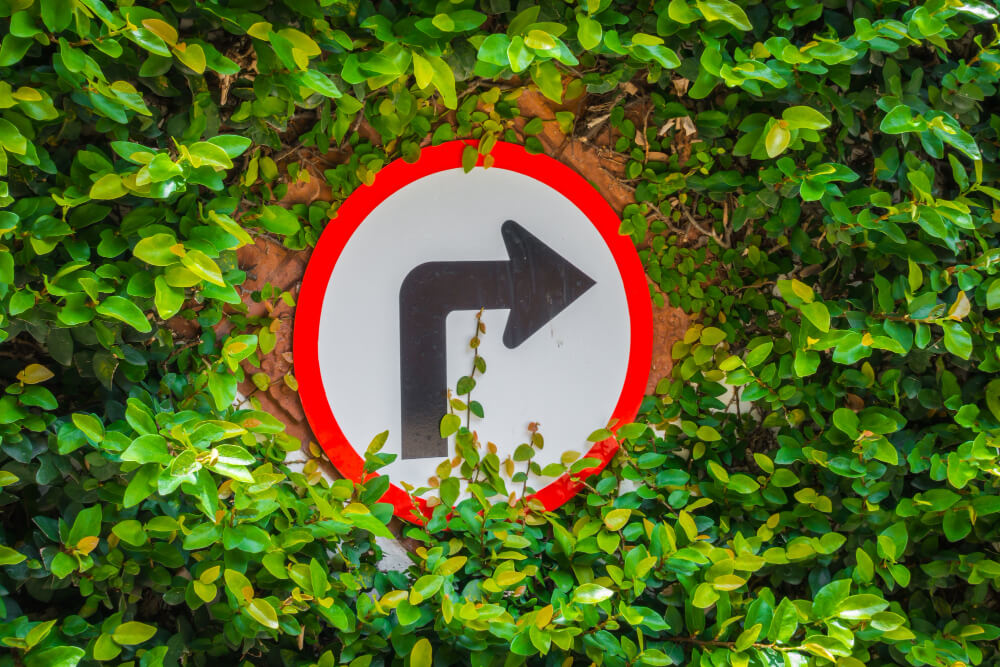Navigating roads safely requires an understanding of the many signs that guide us. One of the most critical for preventing accidents and confusion is the two-way traffic sign. These signs are designed to alert drivers that traffic is flowing in both directions on a single roadway — a vital piece of information, especially after coming from a one-way street. But beyond its simple appearance, this sign carries significant meaning and responsibility. Let’s explore two-way traffic signs, their meaning, and why they matter for everyday drivers.
What Does a Two-Way Traffic Sign Mean?
The two-way traffic sign informs drivers that they are entering a section of road where traffic moves in both directions. This warning is especially important when a driver transitions from a divided highway or one-way road.
Key Features:
- Shape: Diamond
- Color: Yellow background with two black arrows pointing in opposite directions
- Placement: Usually placed before two-way roads or when a divided highway ends
Understanding what does two way traffic sign mean helps drivers adjust their expectations, reduce speed, and stay alert.
Meaning of Two-Way Traffic Road Sign
In simple terms, the meaning of two way traffic road sign is: expect vehicles approaching from the opposite direction. You now share your lane with oncoming traffic, which may be closer than on a divided roadway.
These signs serve as a crucial visual alert for:
- Preventing wrong-lane usage
- Avoiding head-on collisions
- Reinforcing two way traffic road rules
Two-Way Road Sign vs One-Way
To clarify the differences, let’s compare the two:
| Feature | Two-Way Traffic Sign | One-Way Road Sign |
| Direction of Travel | Traffic moves in both directions | Traffic moves in a single direction only |
| Sign Shape/Color | Yellow diamond, black arrows | White rectangle, black arrow or text |
| Common Location | Where divided roads merge | Urban grids, downtown areas |
Knowing the two-way road sign vs one-way traffic difference is essential, especially in unfamiliar cities or during night driving.
Examples of Two-Way Traffic Signs
Though the diamond-shaped yellow sign with opposing arrows is the most recognized, other signs also relate to two-way traffic signs:

- “Keep Right” signs after divided roads
- “Divided Highway Ends” notices
- Pavement markings (e.g., double yellow lines)
- Temporary signs in construction zones
These examples of two way traffic signs reinforce the change in road condition and guide proper vehicle placement.
How to Identify Two-Way Traffic Signs
When driving, it’s crucial to know how to identify two way traffic signs quickly:
Visual Clues:
- Look for the two bold black arrows: one pointing up, the other pointing down
- Typically posted on yellow, diamond-shaped boards
- Often found before narrow bridges, undivided rural roads, or detours
Pairing visual awareness with location context helps you react quickly and safely.
Two-Way Traffic Road Rules
After seeing the sign, you’re expected to follow several two way traffic road rules:
- Keep to the right: Always drive on the correct side of the centerline
- Pass with caution: Use extra care and only where passing is legal
- Be alert for oncoming vehicles: Expect cars from the opposite direction
- Avoid distractions: Head-on collisions are a real risk in two-way areas
Being aware of these rules isn’t just about safety — it’s also about legal compliance.
Importance of Two-Way Traffic Signs
These signs play a critical role in maintaining road safety. Here’s why the importance of two way traffic sign can’t be overstated:
- Prevents head-on crashes
- Alerts drivers coming from one-way or divided highways
- Improves road awareness and lane discipline
- Reduces confusion in construction zones and rural roads
A simple sign can be the difference between a safe journey and a serious incident.
Where to Find Two-Way Traffic Signs
You’ll typically spot two way traffic signs in the following areas:
- End of divided highways
- After construction detours
- Rural or mountainous roads
- Urban areas transitioning from one-way streets
Knowing where to find two way traffic signs helps you mentally prepare to share your lane and remain cautious.
Two-Way Traffic Sign Explanation for New Drivers
If you’re a new driver, here’s a simple breakdown of the two way traffic sign explanation:
- You’re no longer alone in your lane
- There’s a centerline — and someone else may be coming toward you
- Adjust your speed and be ready to yield or stop
It’s a warning to be more attentive and less aggressive.
Final Thoughts
Understanding two way traffic signs and their meaning is more than a driver’s test requirement — it’s a life-saving skill. Whether you’re navigating unfamiliar roads, responding to construction detours, or simply transitioning from a highway, this sign is your reminder to drive with heightened awareness.
So the next time you see those two black arrows pointing in opposite directions, slow down, stay alert, and remember: you’re not the only one on the road.



